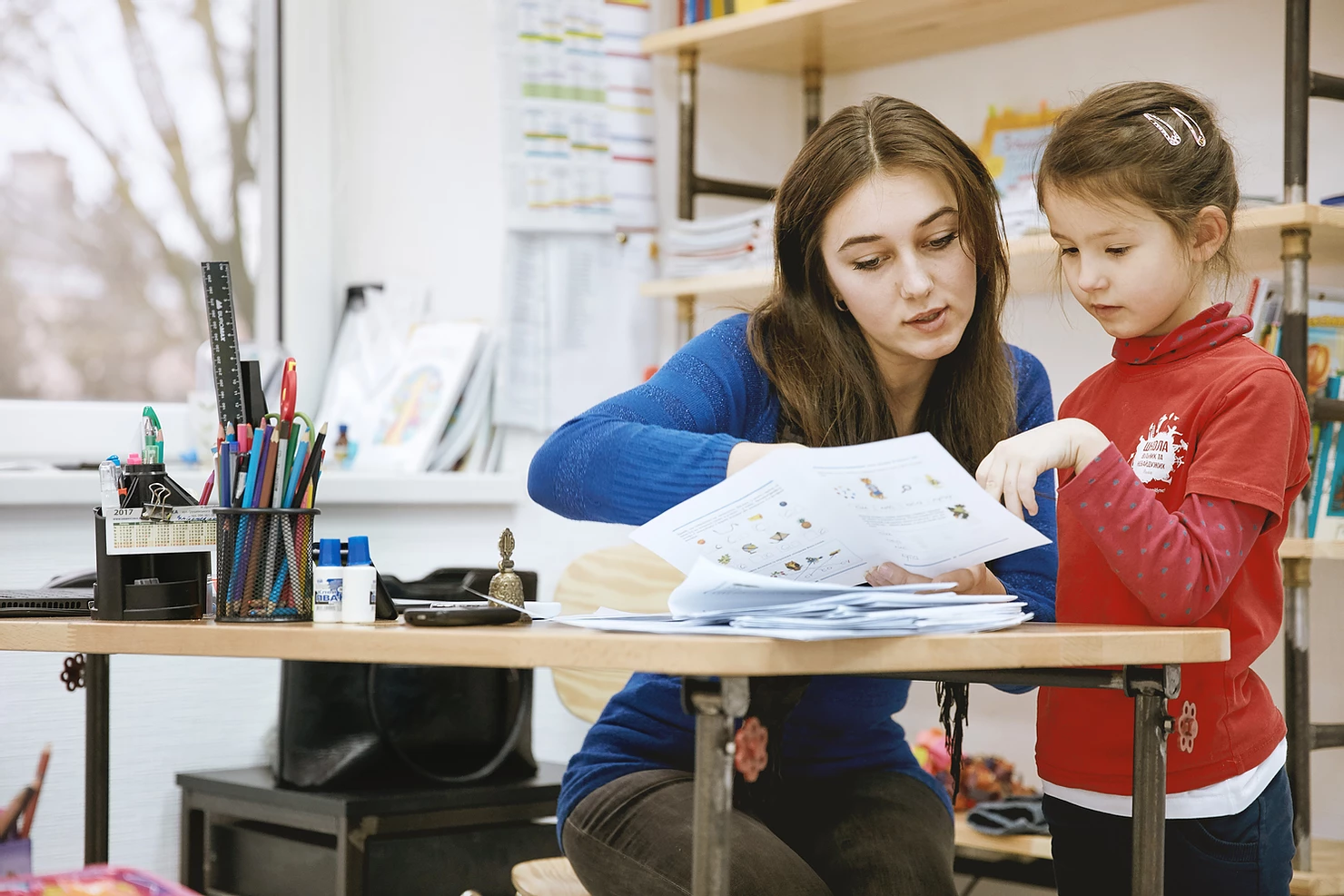Imagine a student who appears to her teachers to be passionate about math and science – an exceptional problem-solver, but who struggles with reading, writing, and homework tasks. Her parents might see a disorganised homework folder, messy bag, and a frustrated child, but they know she will happily spend hours on complex and creative work. Or a child who loves and excels at science and will create their own projects but ’ talk about these with his classmates or teacher and will become rude if pushed.

Many people, including teachers, are still unfamiliar with the twice-exceptional (2e) student. A 2e student is one who is both gifted across one or more domains, and who also has a recognised disability. A 2e student’s disability may be one or more of the following:
In the classroom, a student may often be identified as gifted and talented or as having a disability, but not always both. Children learn to use their talents to compensate for or mask their difficulties. Their special needs may not be diagnosed until later in life, if at all. As in the examples above, children may struggle with:
This may have an impact on their participation at school where these things are paramount despite his or her:
A student who can’t or ’ write when asked, who doesn’t keep up, or who can’t turn attention to a topic when asked, can easily be labelled as uncooperative, unmotivated, lazy, or difficult – an ‘und’rachiever’. As can be expected, this response negatively affects enthusiasm for learning and school, self-confidence, motivation, and belief in one’s own abilities.
How can 2e students be supported? What does this support look like? It is a strength-based approach that recognises talent and nurtures ability while at the same time accommodating specific needs around learning. This is applicable both at home and at school and should include attention to the following contexts.
Scaffolding relative challenges and supporting strengths are key techniques for use in the classroom. Instructional strategies that support weaknesses by using a scaffold (supported progression to mastery) will result not only in completion that is so important in a mainstream classroom, but also in self-confidence and satisfaction. With differentiation, teachers offer a range of options for students to demonstrate their knowledge or produce content, once again more likely to result in success that becomes self-perpetuating.
2e students may struggle with rote or repetitive work, so it may be beneficial to reduce or vary the role of these, such as:
All students can benefit from variety, differentiation, and scaffolding.
Teachers and parents may use proximity to increase success with 2e students, such as standing physically closer when outlining directions, or using eye contact or other visual cues or signals. Visual aids such as charts or graphs may also be useful.
Some modification of the physical environment itself may be required. For example, bright lights, intrusive sounds, and a cramped or uncomfortable space may negatively impact a 2e student’s sensitivity and cause distress. Consequently, for high-concentration tasks like tests, an environment free of sense distraction is best.
Assistive technology such as dictation software and a keyboard or a laptop can help students with poor fine motor skills or handwriting.
2e children may feel ‘dif’erent’ and think they don’t easily fit in with either of their peer cohorts - gifted students or students with disability that affects learning. Their cognitive abilities may distinguish them either positively or negatively. This, when coupled with feeling sensitive or having relatively challenged social skills, can result in their self-concept dropping and, at times, they may become targets for bullying.
Teachers can support students by fostering classroom environments that are safe, respectful, and accepting of difference. Adding social-emotional skills training to the curriculum supports skills in self-efficacy, motivation, goal setting and relationship management, which empowers all students, including 2e students, to develop resilience and autonomy.
Explicit teaching of social skills (e.g. how to build friendships) is also something parents can do. Extra-curricular activities are important for 2e children to pursue their passions, experience success, and build self-confidence, and a way to find peer groups. Celebrating a child’s strengths, whilst supporting their challenges, is the best way for educators and parents to reduce that feeling of ‘dif’erence’ that many 2e children may experience.